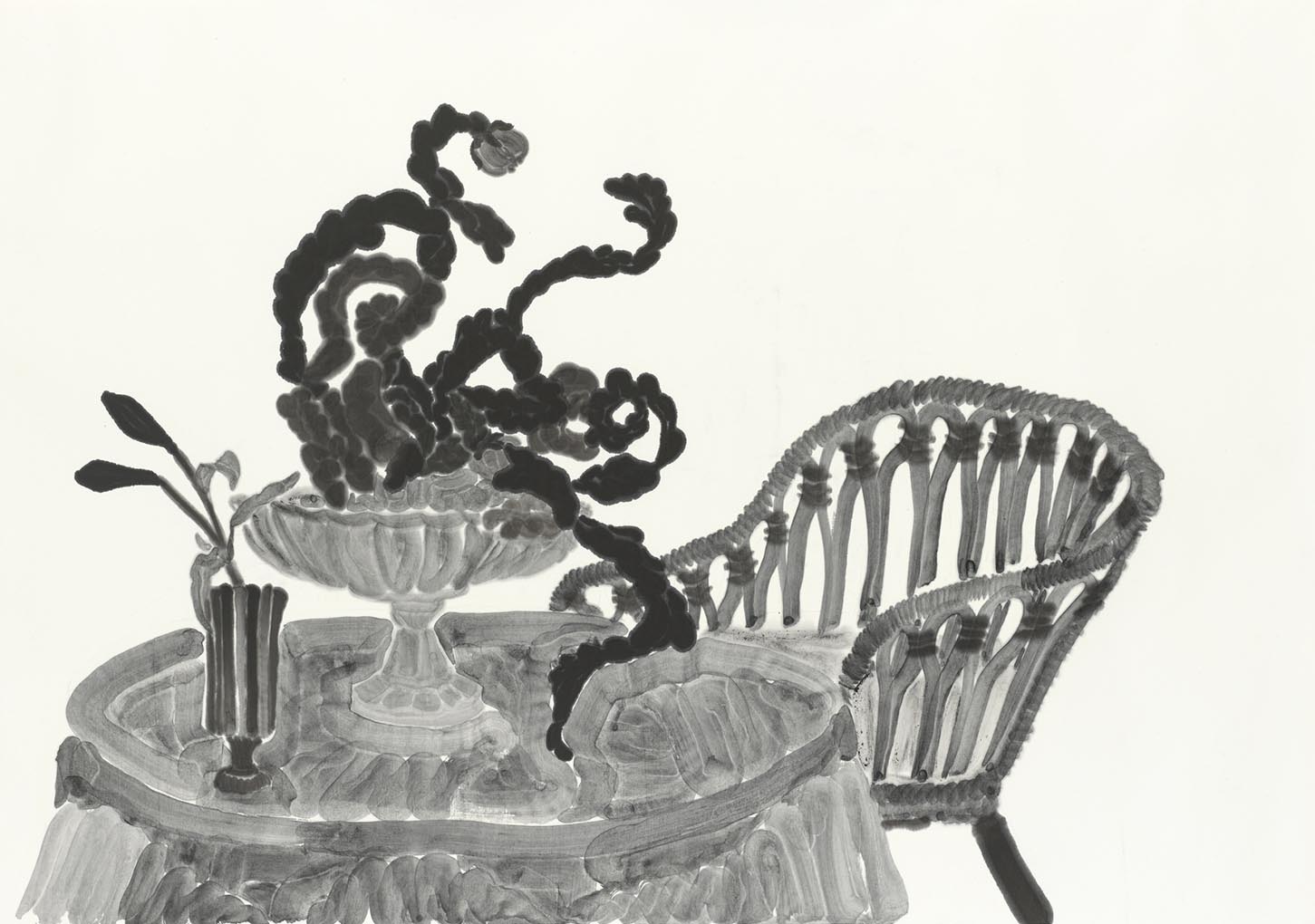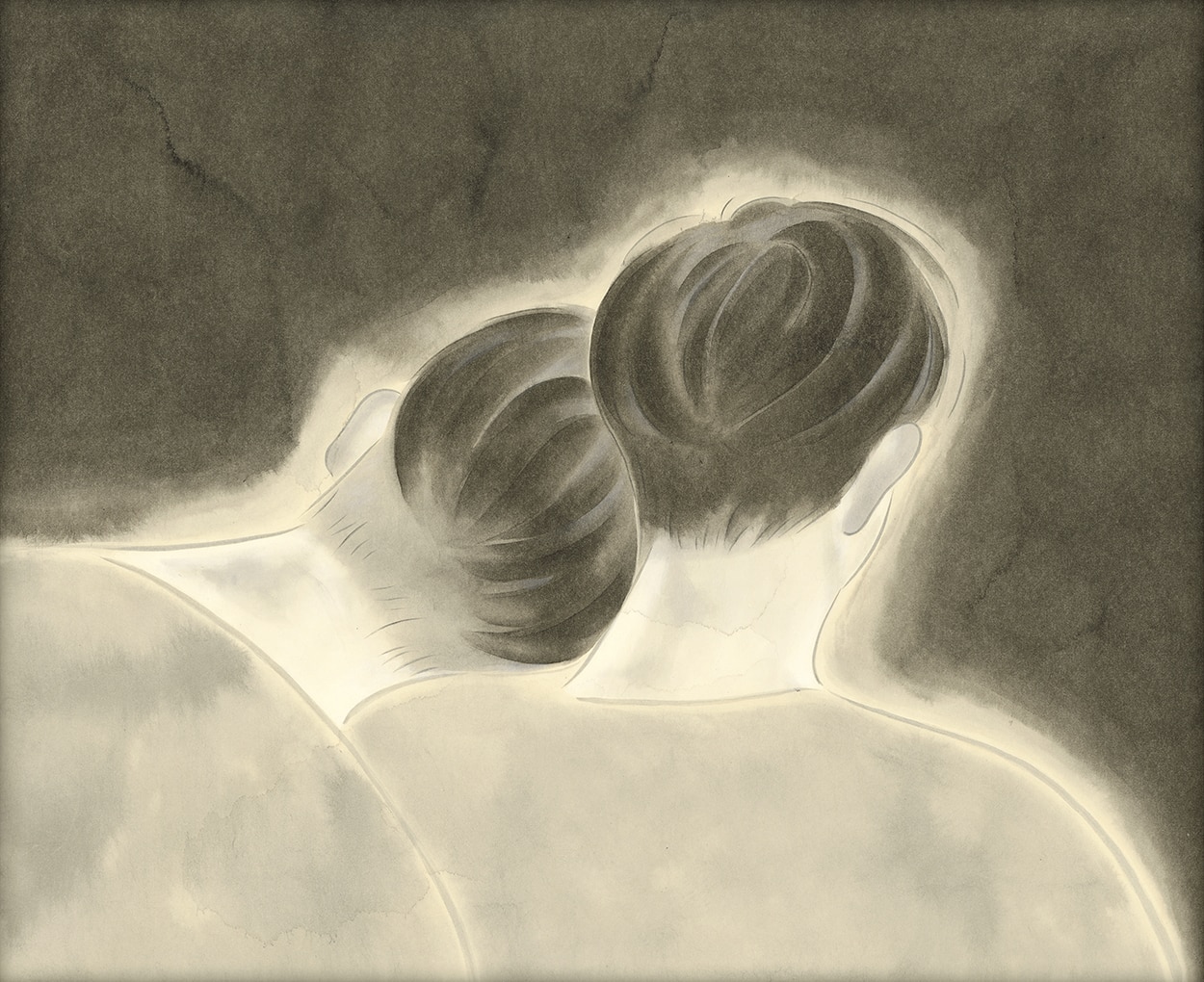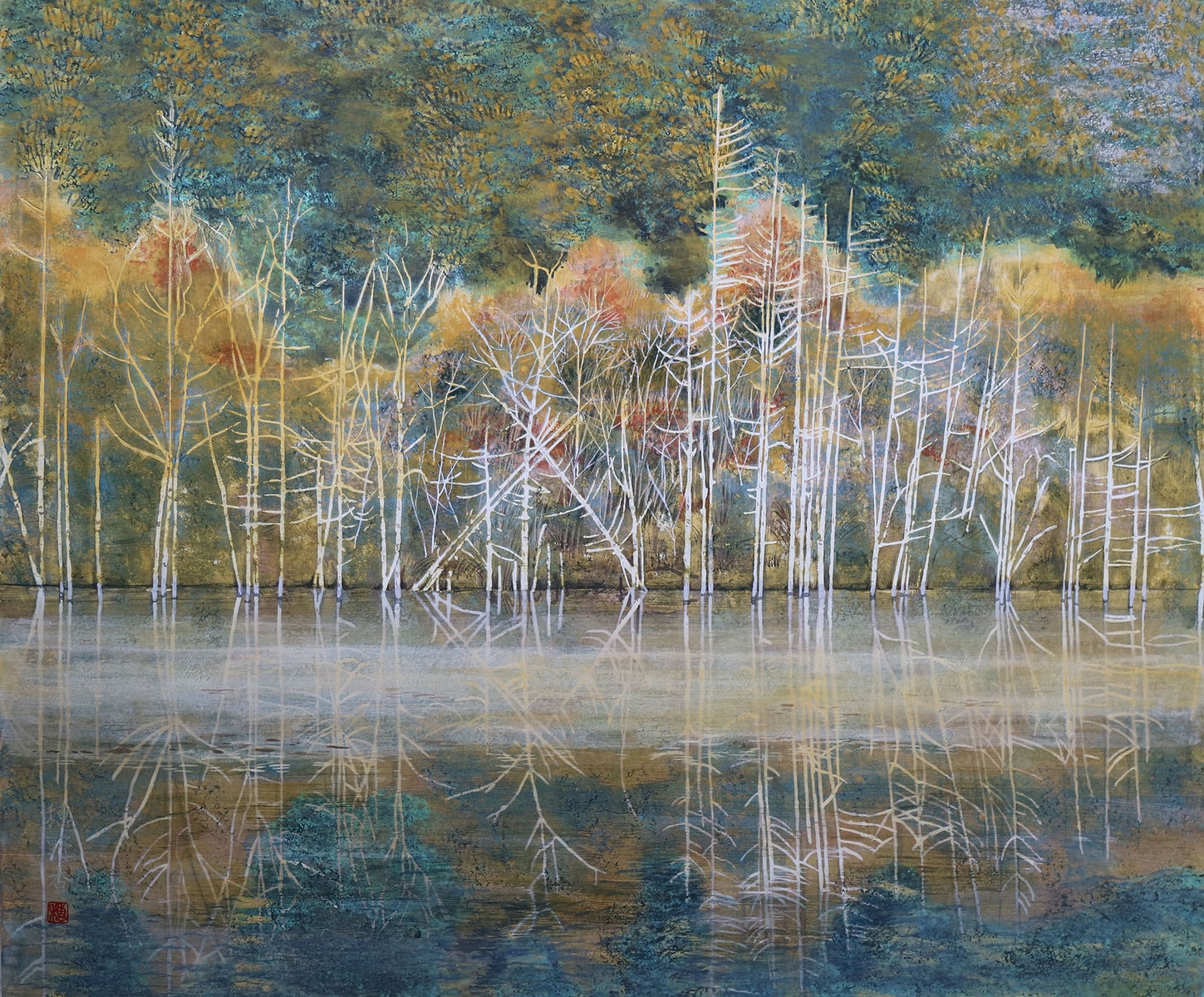Text by Shen Yuchang
From August to September 2023, San Gallery hosted the joint exhibition “Irisation of Midsummer,” showcasing works by six artists: Akaidzukan, Yang Yu-Ning, Hua Ji-Lin, Iida Honoka, Aratake Mirai, and Hu Ching-Wen.
Akaidzukan frequently employs high-brightness and high-saturation monochromatic vivid hues to depict mysterious phenomena in the blurred realm between dreams and reality. The showcased “Norinori” series draws its name from the Japanese term “ノリノリ,” which originally means “moving in perfect sync with the rhythm of a song,” and extends to mean “enthusiastically blending into the joyful atmosphere.” Written in kanji as “乗り乗り,” it conveys the sense of “riding.” Akaidzukan creatively leveraged the double entendre of “ノリノリ” to conceptualize the series of paintings featuring “animals joyfully riding in vehicles.” The relationship between “vehicles” and “rhythm” evokes the pleasurable experience of driving to music, as well as the combination of “mikoshi” and “musical performance” in festivals. The relationship between “animals” and “rhythm” recalls the scene from the “Canon of Yao” in the “Book of Documents,” where “all the beasts dance in unison to the beating stones.”
Yu-ning Yang excels in using broad, continuous strokes and distinct shades of ink to create vivid and expressive images on raw leather paper. In this exhibition, his piece “Landscape by the Shore” features wide brushstrokes, drawn with a twisting technique to outline the soft, undulating shoreline; short, straight, fragmented strokes with wet, thick ink to hint at the moisture-laden vegetation along the shore; and arc-shaped short strokes with very light ink to depict clouds swept by the wind. The grainy texture of the dried ink combined with the retained brush marks on the raw paper skillfully evokes the sense of dawn or dusk light filtering through the mist.
In “Round Table with Rattan Chairs,” light, dried ink with coiling strokes suggests the semi-transparent, delicate texture of a crumpled tablecloth and its light, draping effect. Dense, dried ink with long, straight, decisive lines, and short, slightly angled, parallel lines are used to depict the rattan stems forming the chair’s framework and the rattan skin embellishing and weaving the chair seat. The interplay of brush width, stroke direction, and ink intensity gives simple, brisk brush marks a visual tension, transforming them into representations of different fibrous materials.
For many years, Jilin Hua has focused on the subtle, indescribable emotions between people as her main theme. She attempts to inscribe classical poetry or pop song lyrics on her paintings, creating contexts where these delicate emotions can surface through the expressions, gestures, and postures of the figures, as well as their clothing, settings, and objects.
In the “Heat” series being exhibited this time, she continues this theme but without inscriptions or colors, using only ink and gofun (white pigment). During the pandemic, infrared thermal imaging devices were widely installed in public spaces to quickly identify individuals with fever. Inspired by the principle of converting touchable temperature into visible images, the “Heat” series adopts the style of thermal imaging. This series creates a new logic for depicting figures that is neither “human sketching” nor “sanbaiho” (the method of using white space), with a completely different approach to light, shadow, and volume.
Furthermore, to interpret the style of thermal imaging, Hua Jilin employs rarely used techniques such as large-scale ink staining on her usual Torinoko paper, creating mottled marks resembling window fog or ice cracks. These marks subtly hint at the body heat and emotions constantly evaporating and diffusing within the space.
Honoka Iida enjoys depicting serene natural landscapes. In this exhibition, two of her works, “Morning at Shizen Lake” and “Abundance—Biei—,” are presented. Both pieces use mineral pigments on kumohadamashi paper to portray scenic themes.
“Morning at Shizen Lake” depicts a lakeside forest and its reflection on the water. The waterline is positioned near the halfway point of the painting, creating a visually appealing symmetry. The trees in the forest are rendered with “dots” and “lines” directly, rather than using the outline-and-fill method, allowing the mineral pigments to create rich, blended tones through varying intensities and layers. The reflection of the forest on the lake is painted with horizontal brush strokes, subtly breaking the shapes and creating a misty morning atmosphere by the lakeside.
“Abundance—Biei—” portrays Biei Town in Hokkaido, famous for its hilly terrain and thriving agriculture and tourism industries. The painting illustrates a patchwork-like rural landscape, featuring golden waves of grain and low farmhouses in the foreground, rolling hills and forests in the middle ground, and distant blue mountains and sky at the top, guiding the viewer’s gaze upward and evoking a sense of sublimity.
The paintings of Miku Niinomi predominantly feature female figures and cats as subjects. The works on display, such as “Dew that Enriches” and “Light from the Sun,” center around half-length portraits of women. These figures are delicately rendered with precise, flexible lines that create a detailed and fluid sketch. A light wash of color, resembling delicate makeup, is applied to the skin, with slight touches of red around the eyes, lips, and fingertips, giving an impression of purity and translucence. In contrast to the skin, the hair is treated with darker tones, though to avoid monotony, hints of vibrant red and blue are interspersed among the browns and blacks to create a glossy, wet look.
“In the Morning as Usual” and “Twinkling Star” both feature cats. The cats’ eyes are painted in a style similar to that used for female figures, with a crystalline, transparent quality that suggests a lively, flickering vitality behind the image, like starlight or flickering flames. The fur is not directly depicted but is instead created with a granular texture of mineral pigments, resembling sugar, combined with a shading technique that gives the fur a fluffy, airy appearance.
Qingwen Hu, “Together,” silver foil, natural pigments on paper, 80 cm diameter, 2.5 cm thickness, 2023
Qingwen Hu is often captivated by the fleeting changes of light and shadow in everyday scenes. Initially, she used digital tools to capture and record these moments. Later, she began to lay paper flat on the ground and, like projecting an image, traced the light and shadow directly onto the paper with a pen, following the ephemeral and ever-shifting contours created by sunlight and wind. In addition to her themes, Qingwen prefers painting materials that are sensitive to changes over time and reflect the surrounding environment, such as East Asian painting paper and silver foil. East Asian painting paper is smooth, thin, and resilient. Although it cannot support heavy layers of paint, it excels at recording various traces of activity on its surface immediately and permanently. Japanese silver foil, being extremely thin, often wrinkles due to even the faintest airflow during application and easily changes color due to oxidation, creating unique marks and variable hues that brushes and paint cannot replicate. The exhibited “Scenes” series features works on painting paper, depicting the changes of light and shadow through the technique of silver foil and sulfurization. The light and shadow are elusive, while the silver foil is substantial. The combination of lightly stained pigments for everyday corners and silver foil for shadows creates an intriguing inversion of reality and illusion.
“Tamamushi-iro” (玉虫色) refers to the iridescent colors on the shell of the jewel beetle, which shift between green and purple depending on the angle of light, showcasing a vibrant metallic sheen. This type of iridescence is known in Japanese as “玉虫” (tamamushi), a term that has been cherished since ancient times for its dazzling, multicolored appearance. The characteristic of “玉虫色” to change colors with different lighting also metaphorically represents “different perspectives from different viewpoints.” This exhibition, titled “Tamamushi-iro,” brings together six artists from Taiwan and Japan for a joint exhibition in the height of summer, aiming to showcase the diverse contemporary applications of traditional East Asian painting materials through various creative approaches.
- All
- 楊寓寧
- 胡晴雯
- 赤いづかん
- 花季琳
- 飯田穂野香
- 新家未來

赤いづかん_乘著-乘著:馬_和紙、岩繪具_16.5×9 cm(單件尺寸)_2023

赤いづかん_乘著-乘著:龍_和紙、岩繪具_16.5×9 cm(單件尺寸)_2023.jpg

赤いづかん_乘著-乘著:羊_和紙、岩繪具_16.5×9 cm(單件尺寸)_2023.jpg

赤いづかん_乘著-乘著:兔_和紙、岩繪具_16.5×9 cm(單件尺寸)_2023.jpg

赤いづかん_乘著-乘著:雞_和紙、岩繪具_16.5×9 cm(單件尺寸)_2023.jpg

赤いづかん_乘著-乘著:狗_和紙、岩繪具_16.5×9 cm(單件尺寸)_2023.jpg

赤いづかん_乘著-乘著:虎_和紙、岩繪具_16.5×9 cm(單件尺寸)_2023.jpg

赤いづかん_乘著-乘著:蛇_和紙、岩繪具_16.5×9 cm(單件尺寸)_2023.jpg

赤いづかん_乘著-乘著:豬_和紙、岩繪具_16.5×9 cm(單件尺寸)_2023.jpg

赤いづかん_乘著-乘著:猴_和紙、岩繪具_16.5×9 cm(單件尺寸)_2023.jpg

赤いづかん_乘著-乘著:鼠_和紙、岩繪具_16.5×9 cm(單件尺寸)_2023.jpg

赤いづかん_乘著-乘著:牛_和紙、岩繪具_16.5×9 cm(單件尺寸)_2023.jpg
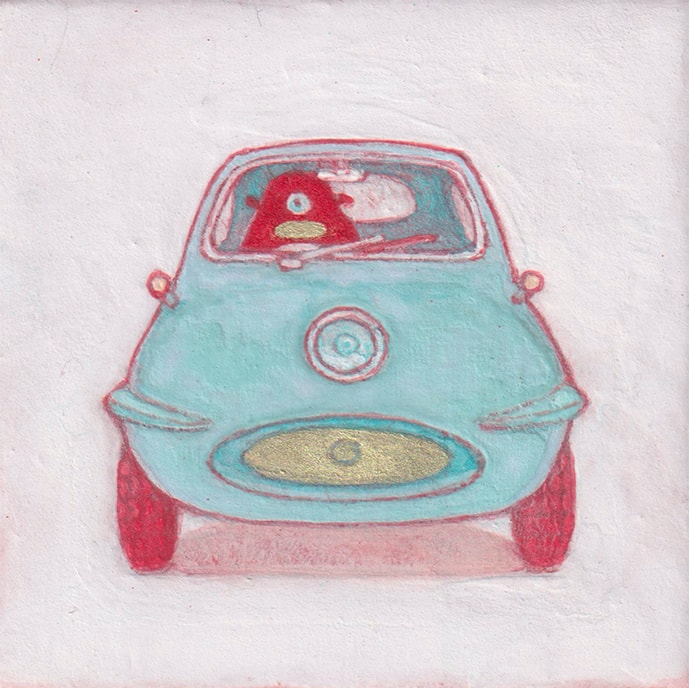
赤いづかん_志同道合_和紙、岩繪具、金泥 _5x5 cm_2022
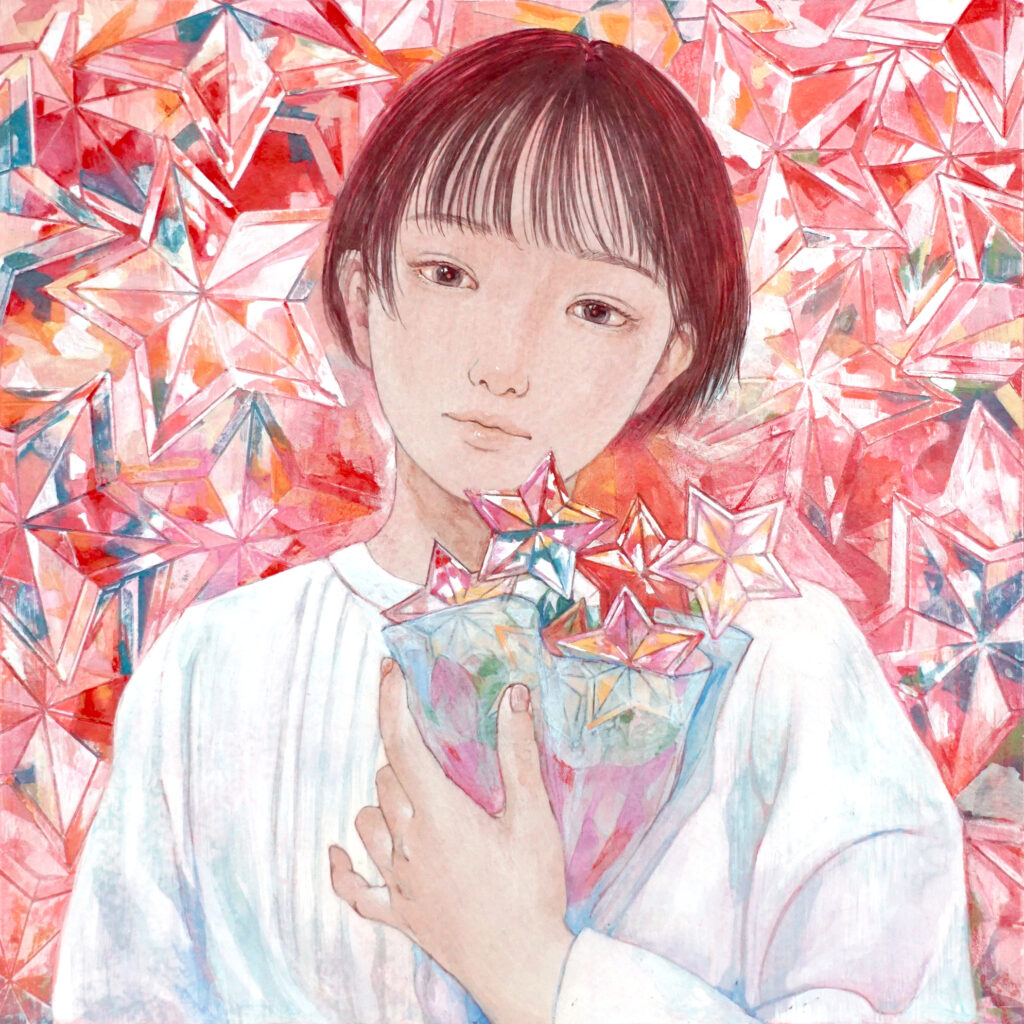
赤いづかん_花_和紙、岩繪具_22x22 cm_2022
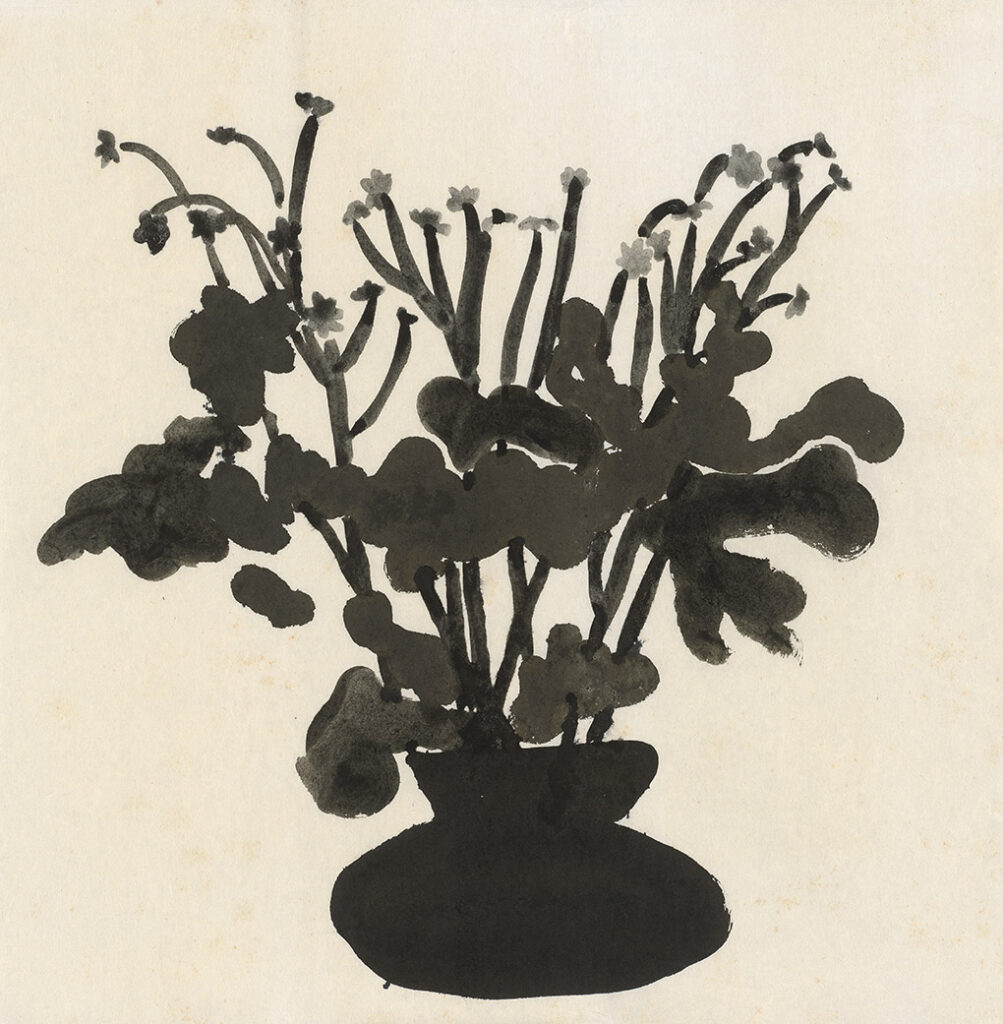
楊寓寧_洋甘菊_墨水紙本_60X61cm_2021
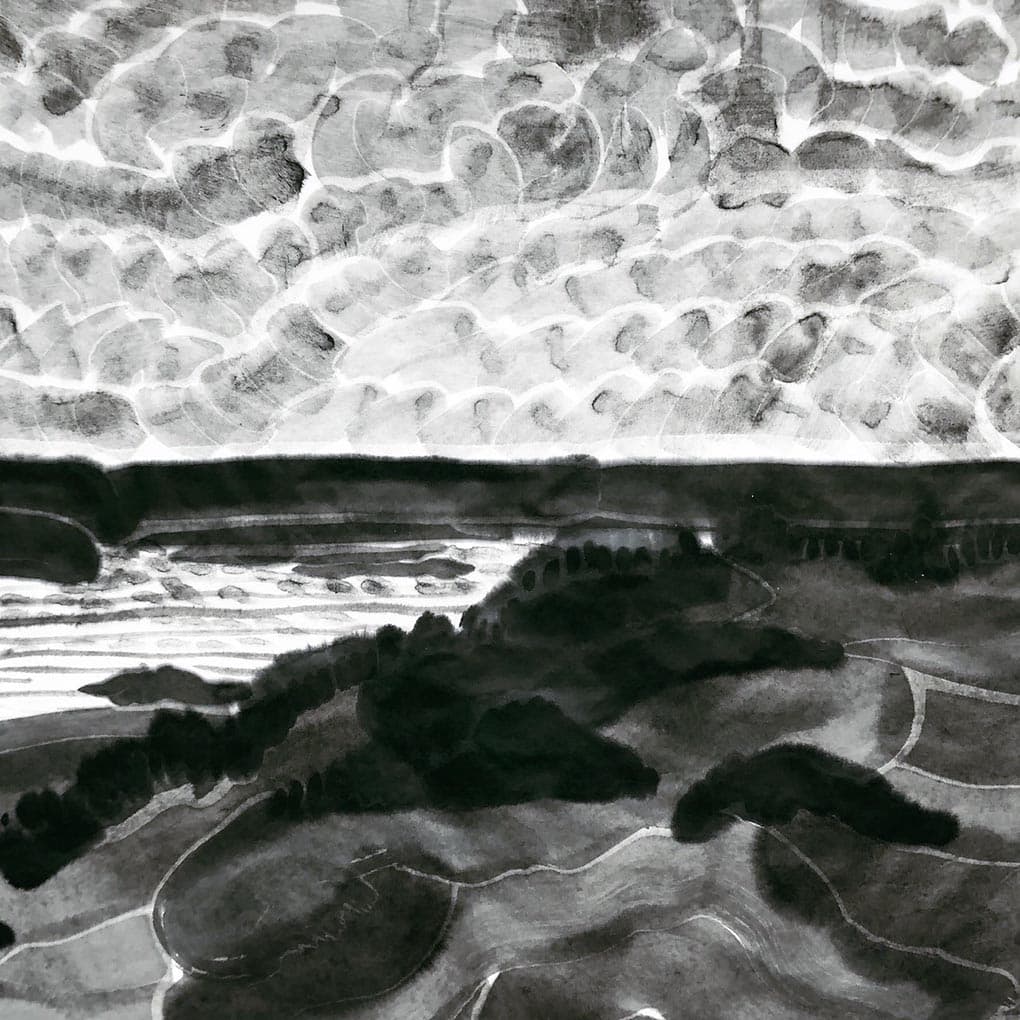
楊寓寧_岸邊風景_墨⽔紙本_70×76cm_2021
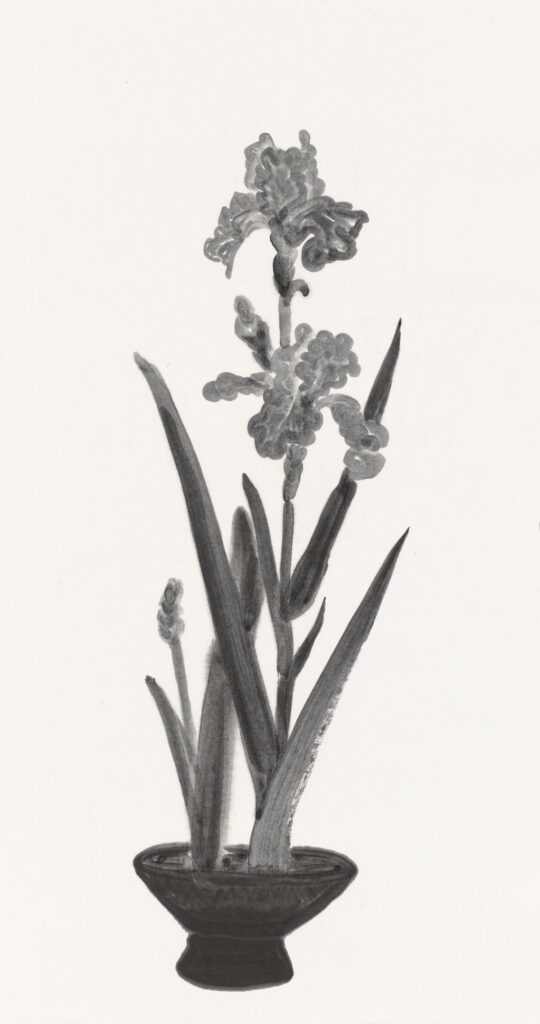
楊寓寧_鳶尾_墨⽔紙本_76×40cm_2023
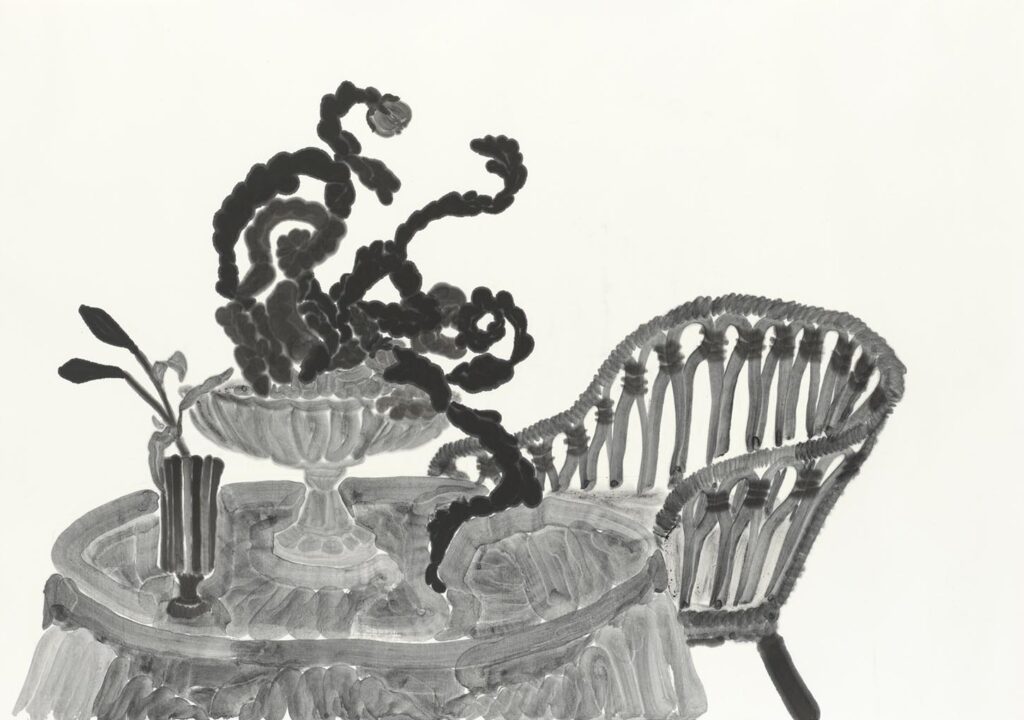
楊寓寧_有藤編椅⼦的圓桌_墨⽔紙本_96×137cm_2022
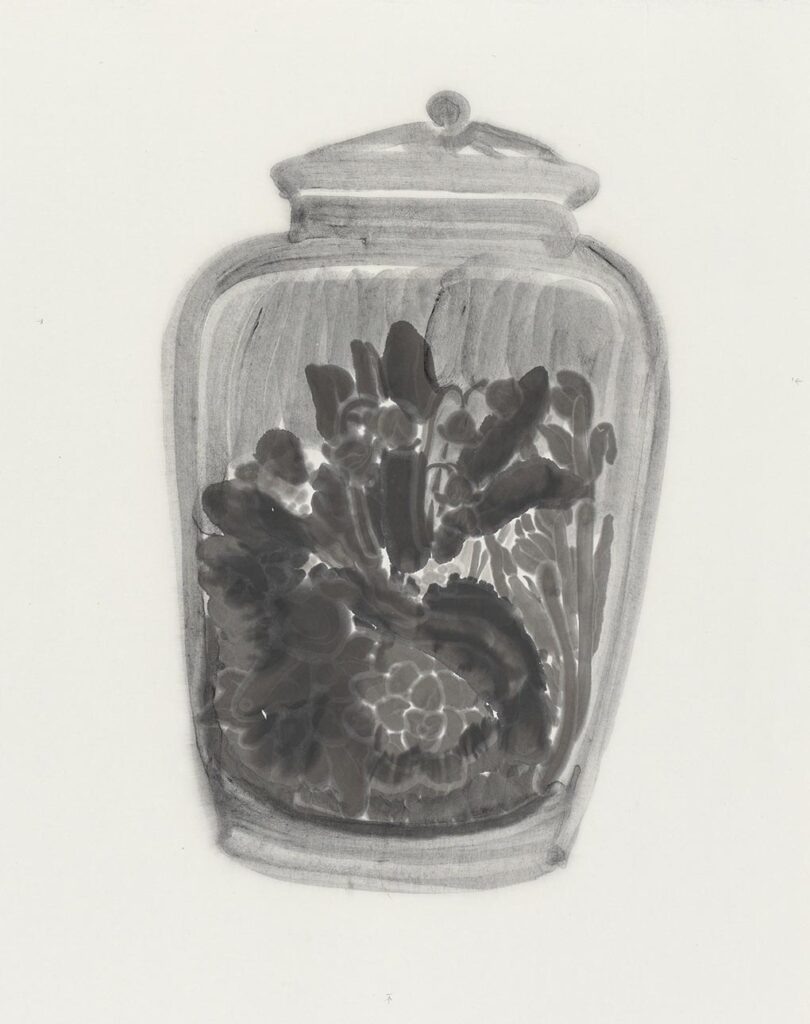
楊寓寧_⽣態瓶_墨⽔紙本_71.5×47cm_2022
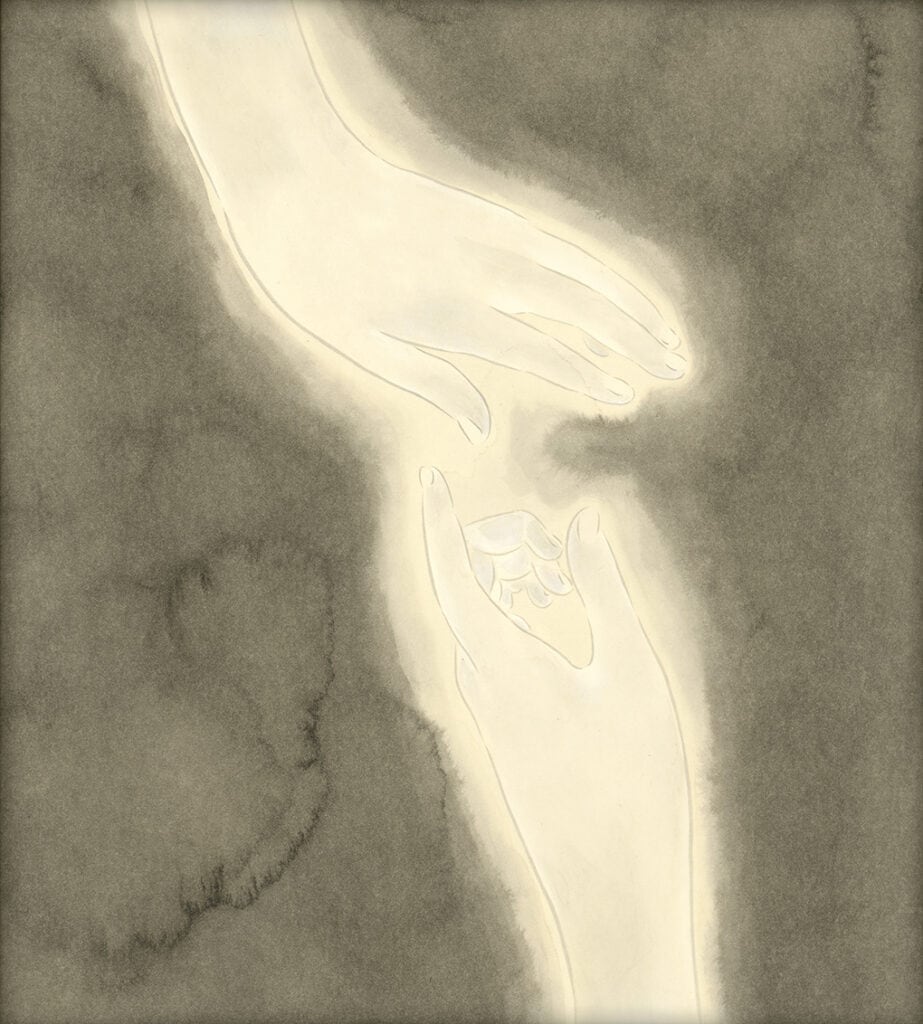
花季琳_Heat 03_紙本設色_45.5x40cm_2022
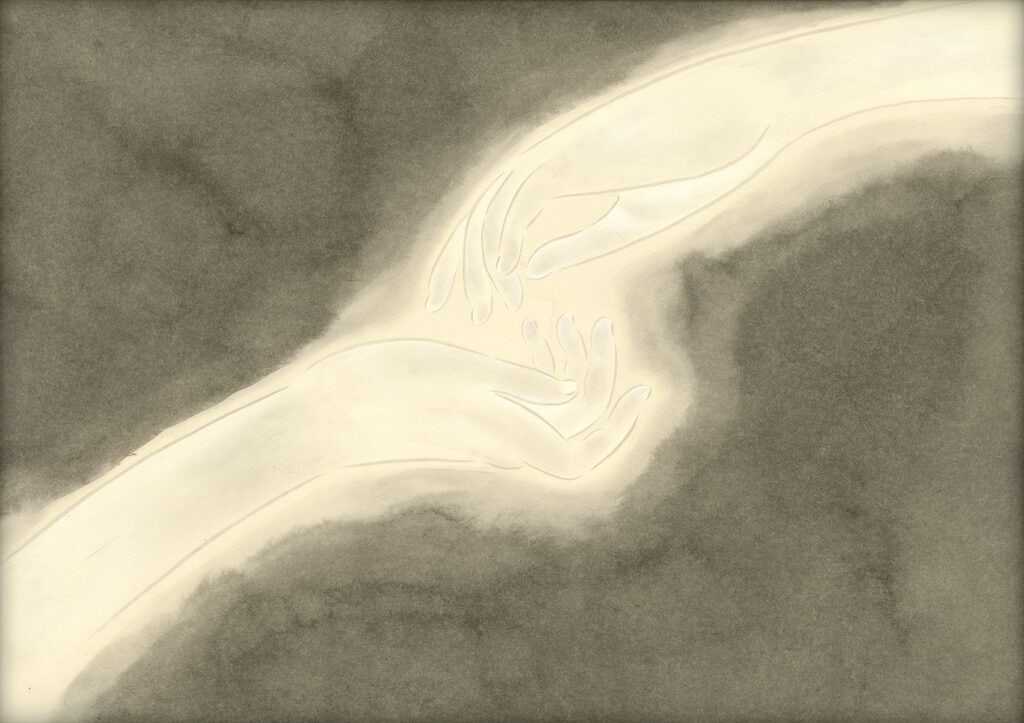
花季琳_Heat 04_紙本設色_35x50cm_2022
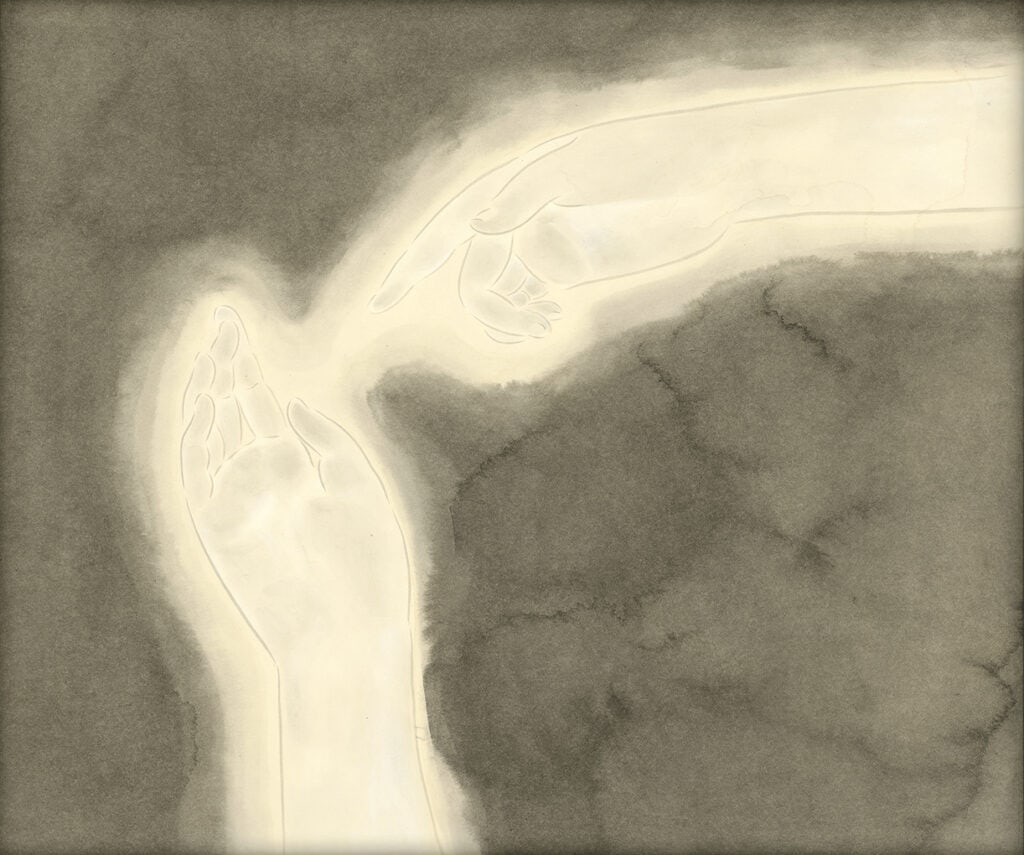
花季琳_Heat 05_紙本設色_45x53cm_2022
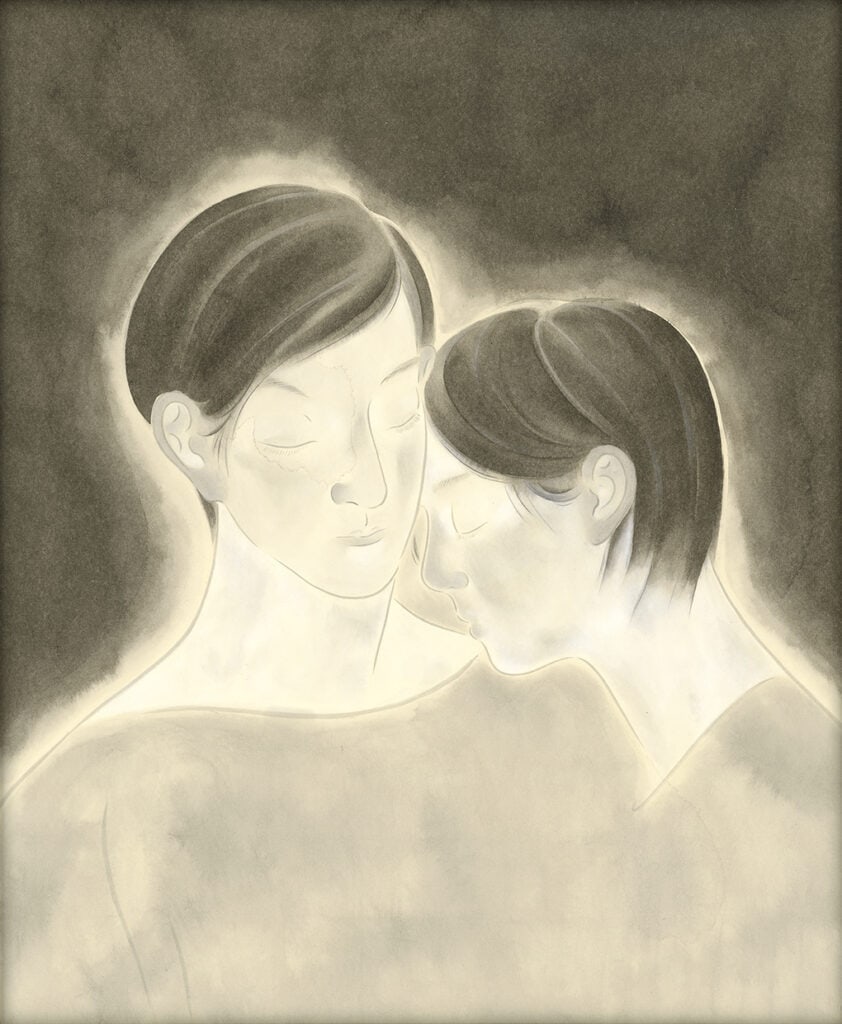
花季琳_Heat 06_紙本設色_60x50cm_2022
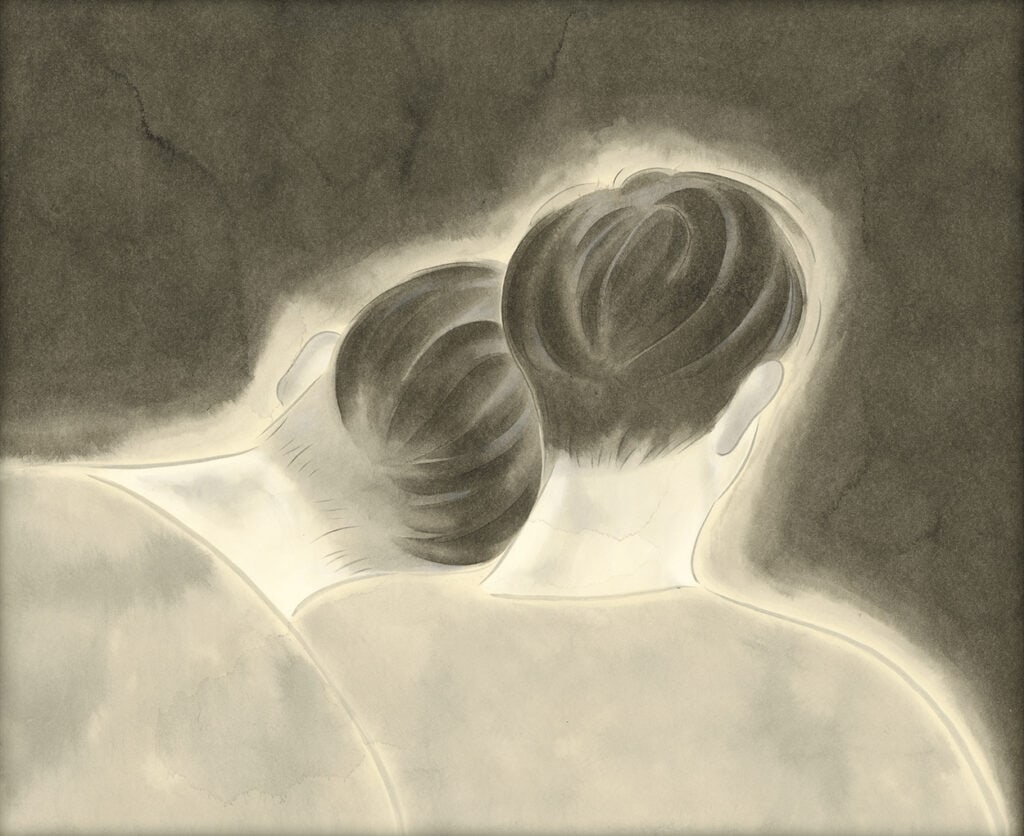
花季琳_Heat 07_紙本設色_50x60cm_2022
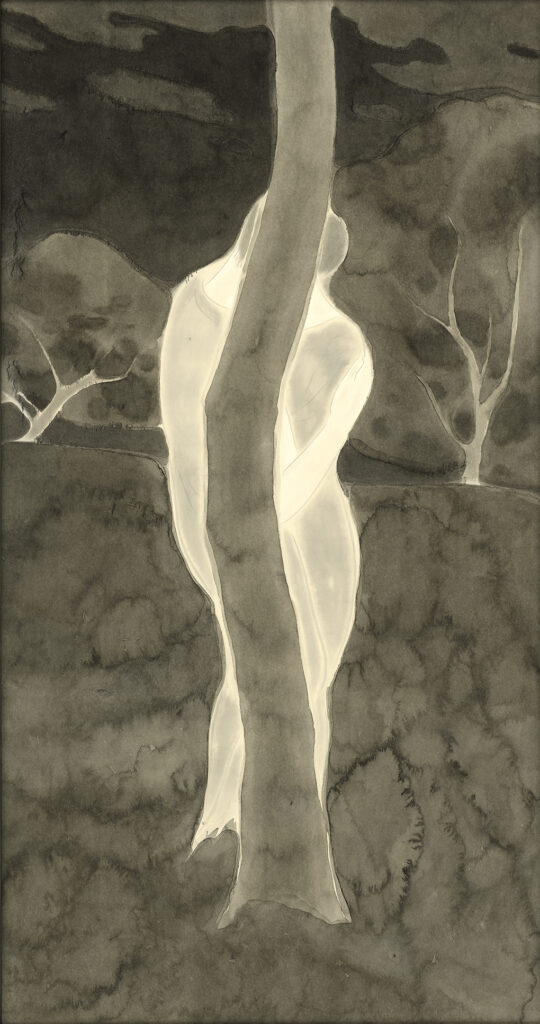
花季琳_Heat 08_紙本設色_150x80cm_2022
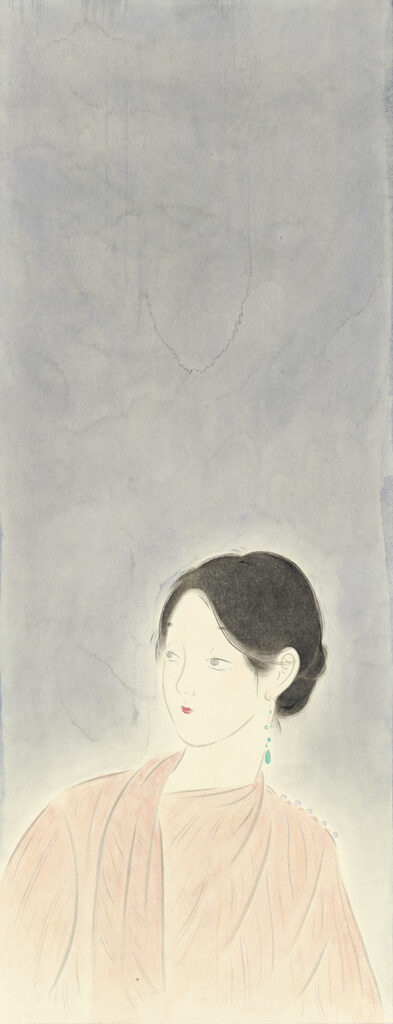
花季琳_月之君 右_紙本設色_60x23cm_2022
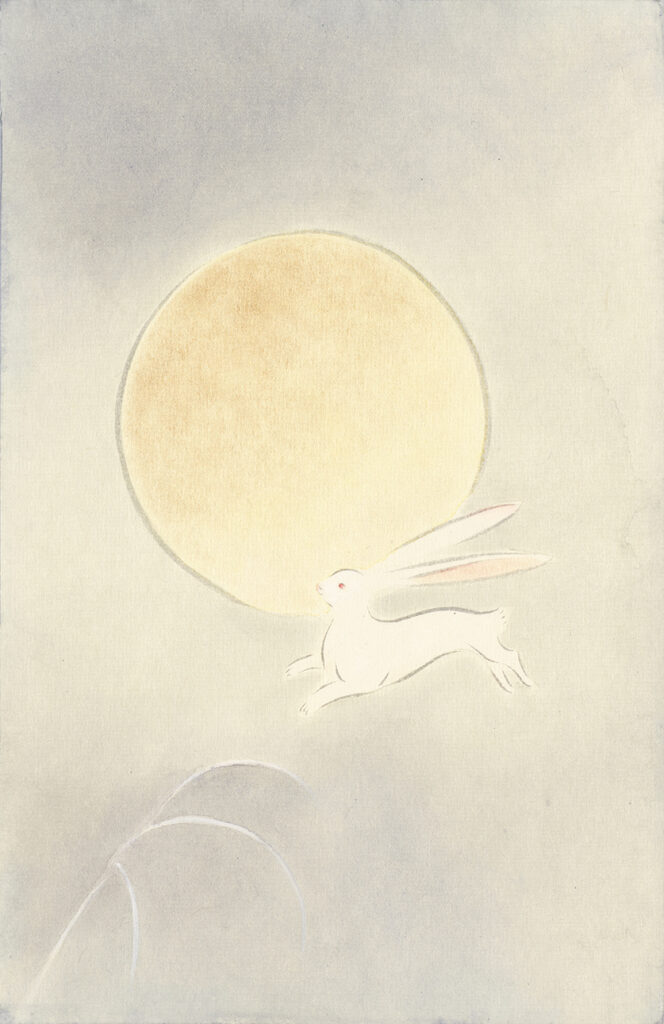
花季琳_月之君 左_紙本設色_17x11cm_2022
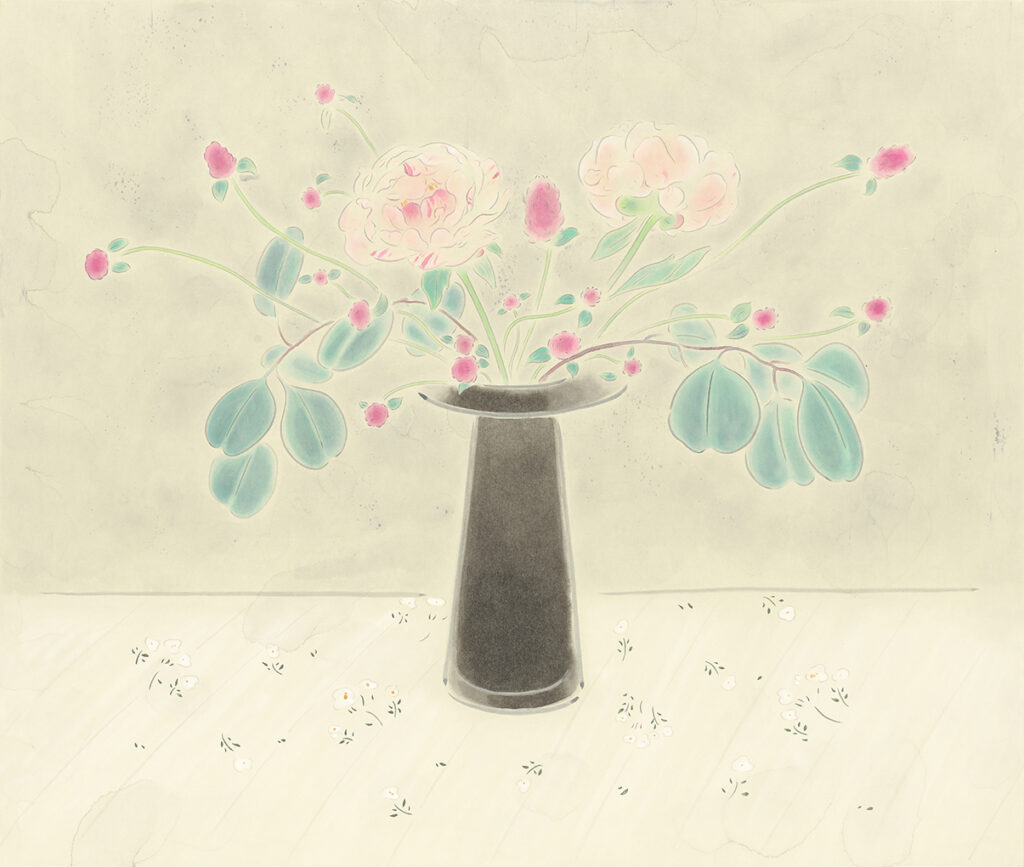
花季琳_蔥蔥_紙本設色_72x85cm_ 2022
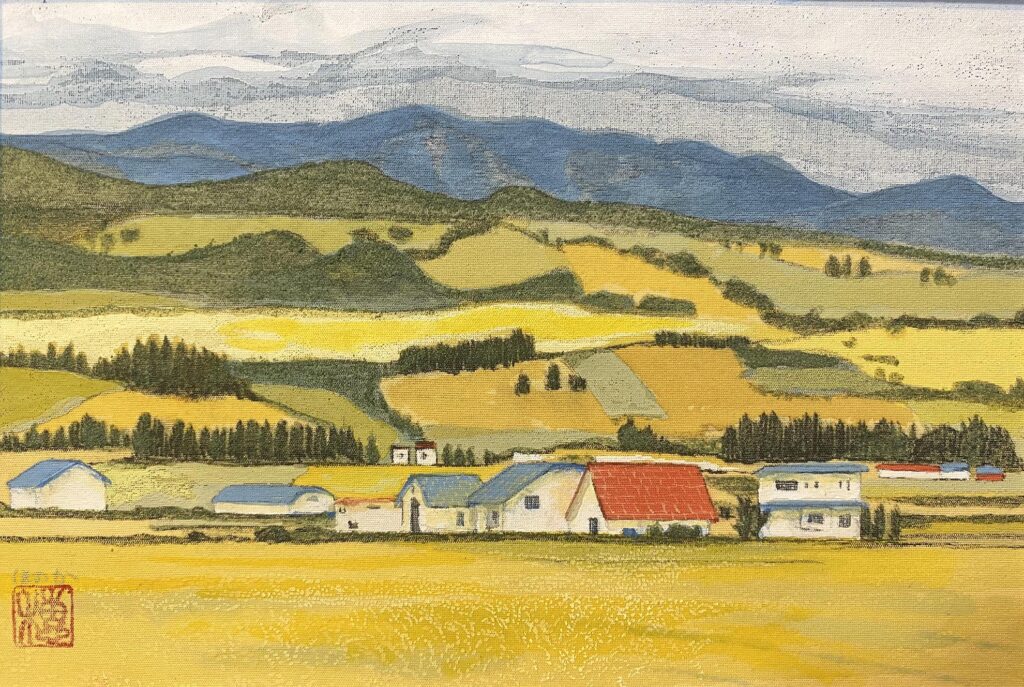
飯田穂野香_豐美―美瑛―_雲肌麻紙、岩繪具_16x22.7cm_2022
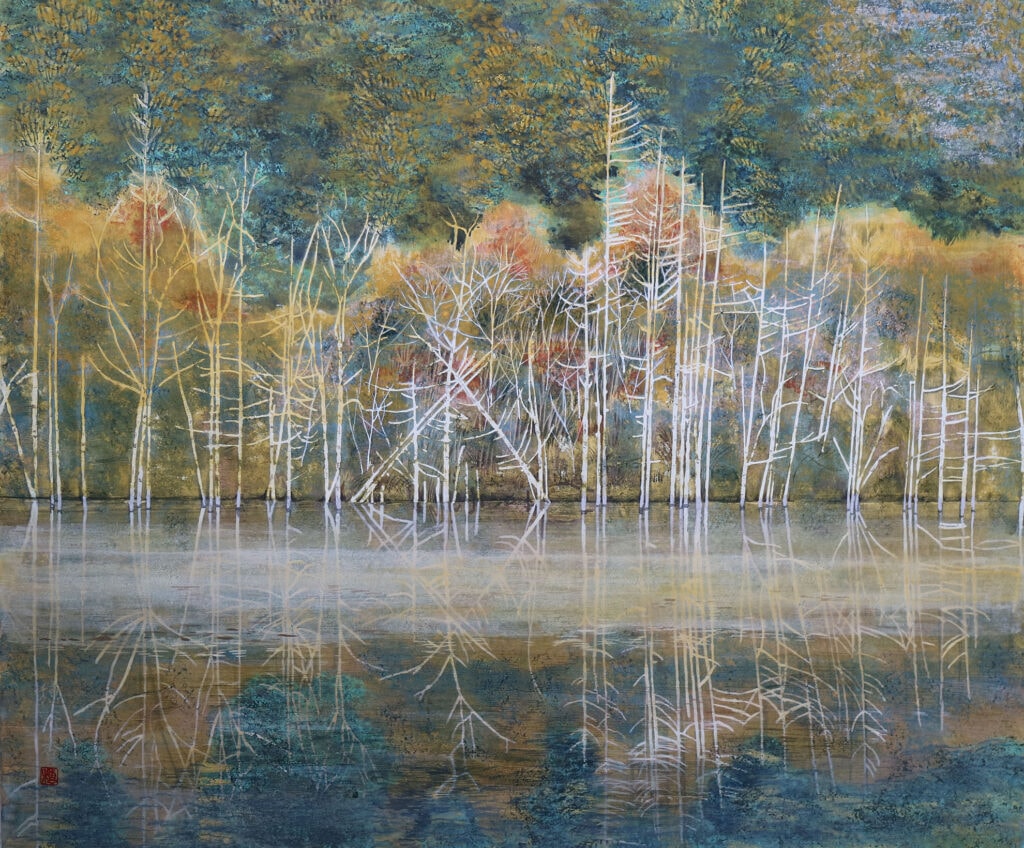
飯田穂野香_自然湖之朝_雲肌麻紙、岩繪具_53x72.7cm_2022JPG
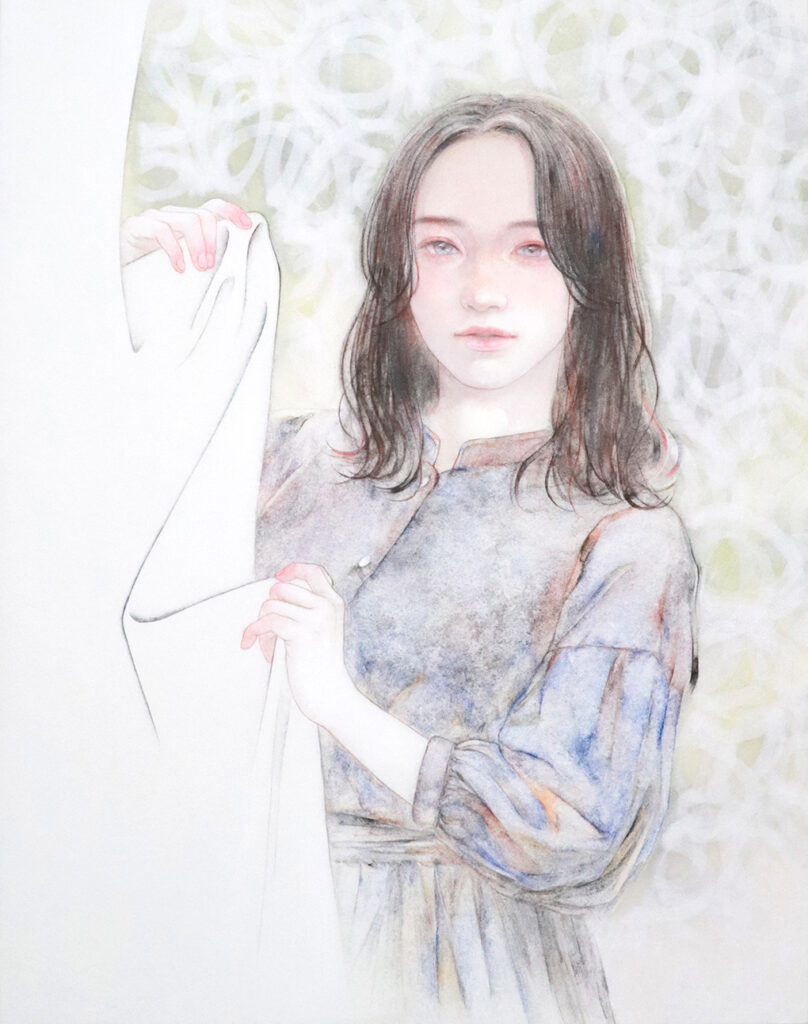
新家未來_陽光__麻紙、典具帖紙、岩繪具、環型紙_53×41 cm_2022
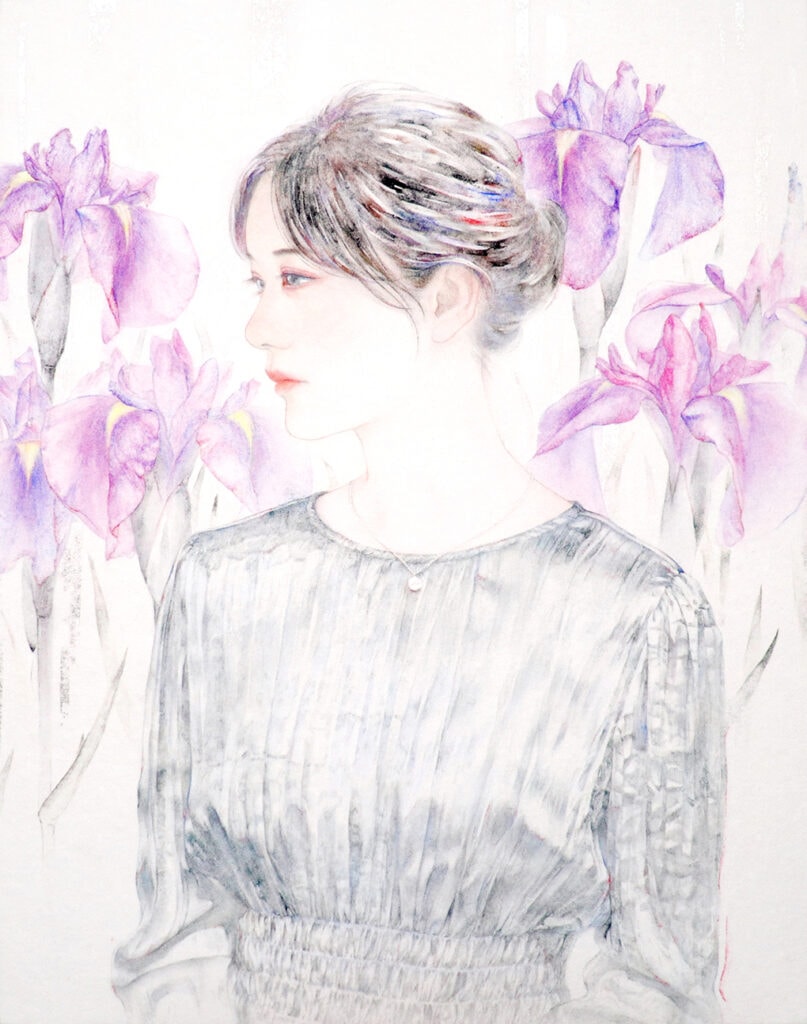
新家未來_潤澤之露_麻紙、典具帖紙、岩繪具、箔_41×31.8cm_2023
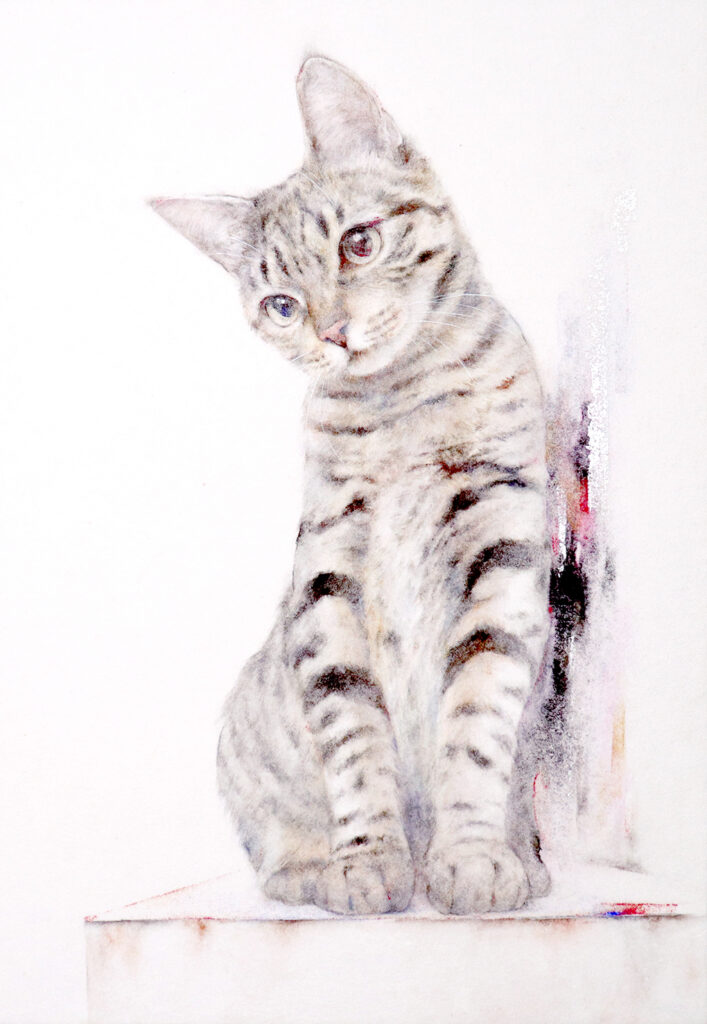
新家未來_一如往常的早晨_麻紙、典具帖紙、岩繪具、箔_27.3×19 cm_2023
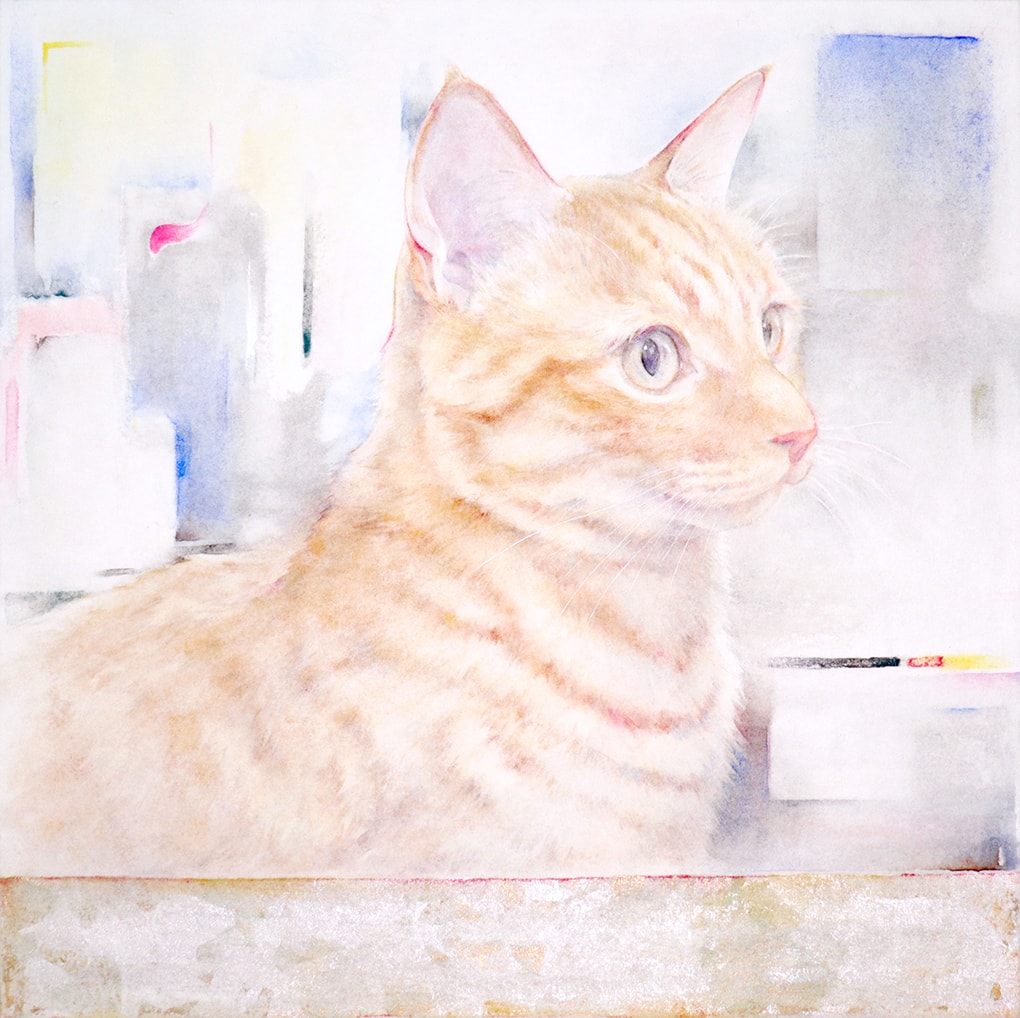
新家未來_閃爍的星辰_麻紙、典具帖紙、岩繪具、箔_27.3×27.3 cm_2023
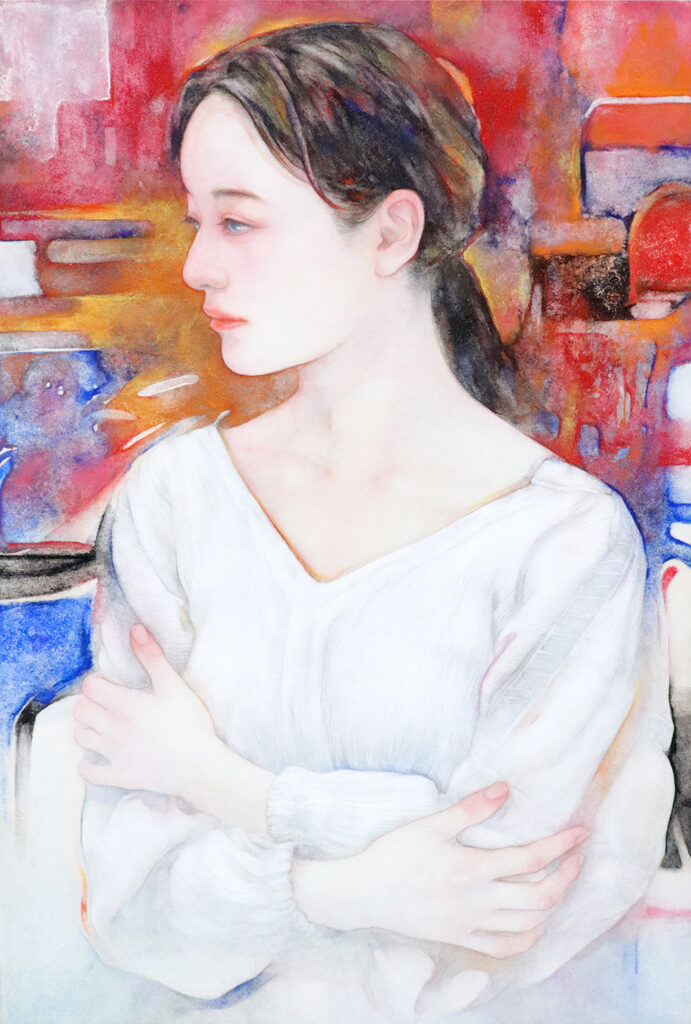
新家未來_復返的日子_麻紙、典具帖紙、岩繪具_41x27.3cm_2021
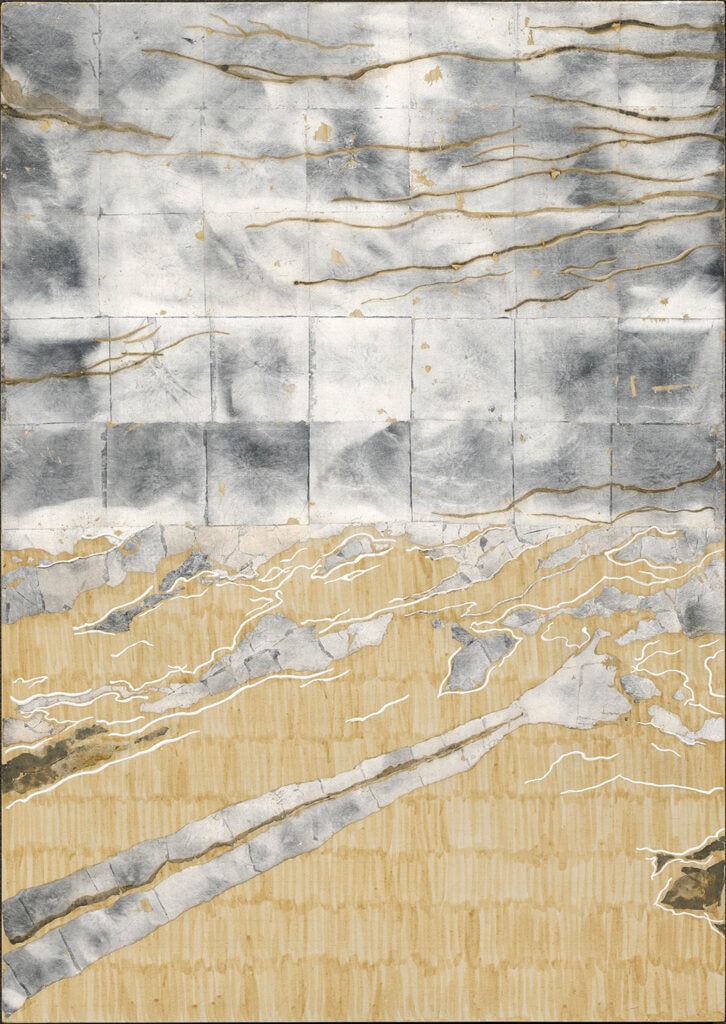
胡晴雯_吹拂_銀箔、天然顏料、紙本_105x75x3.5cm _2023
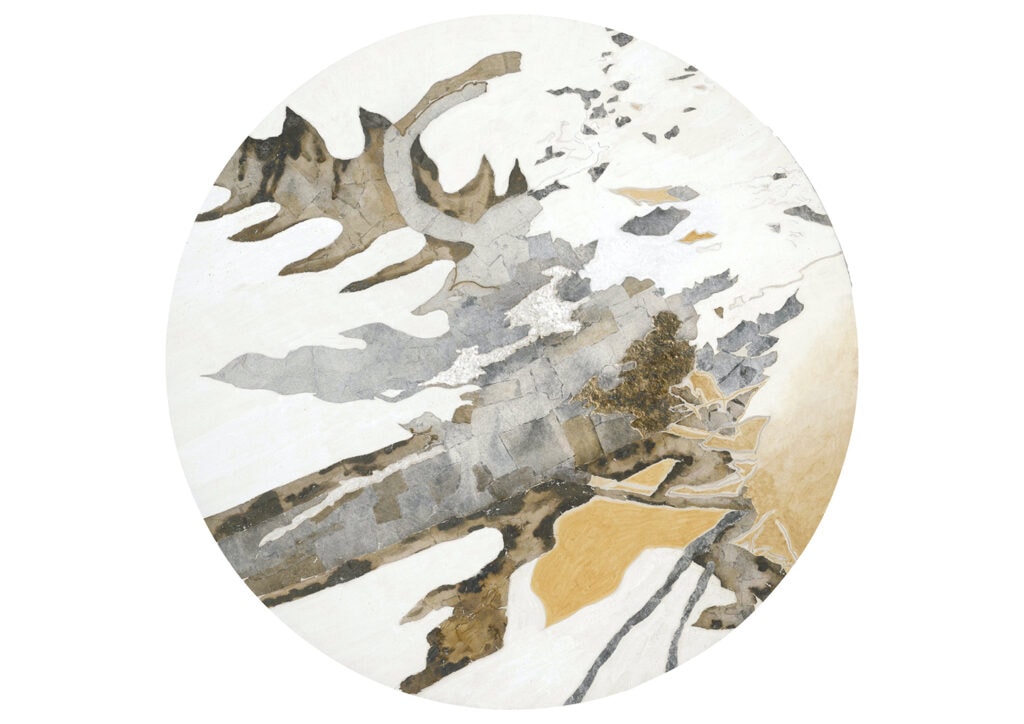
胡晴雯_彼此_銀箔、天然顏料、紙本_ 直徑80cm、厚度2.5cm_2023
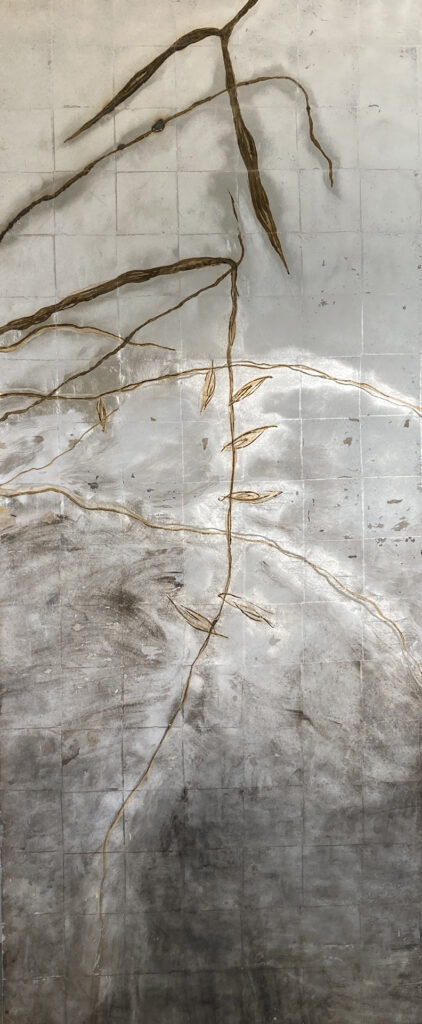
胡晴雯_Simple 1_銀箔、硫磺⽔、墨、礦物性顏料、紙本_180x76x5cm _2023
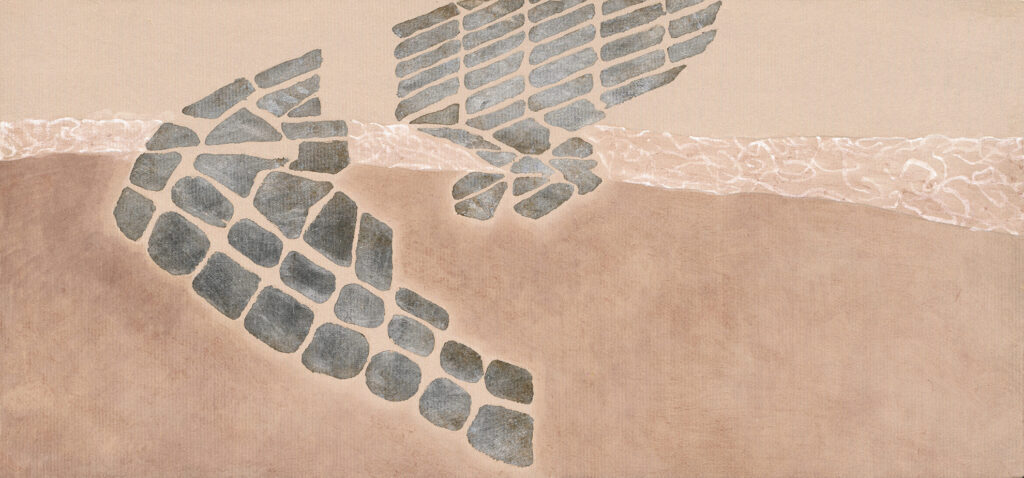
胡晴雯_場景 之ㄧ_銀箔、礦物性顏料、紙本_30x65x3.5cm_2023
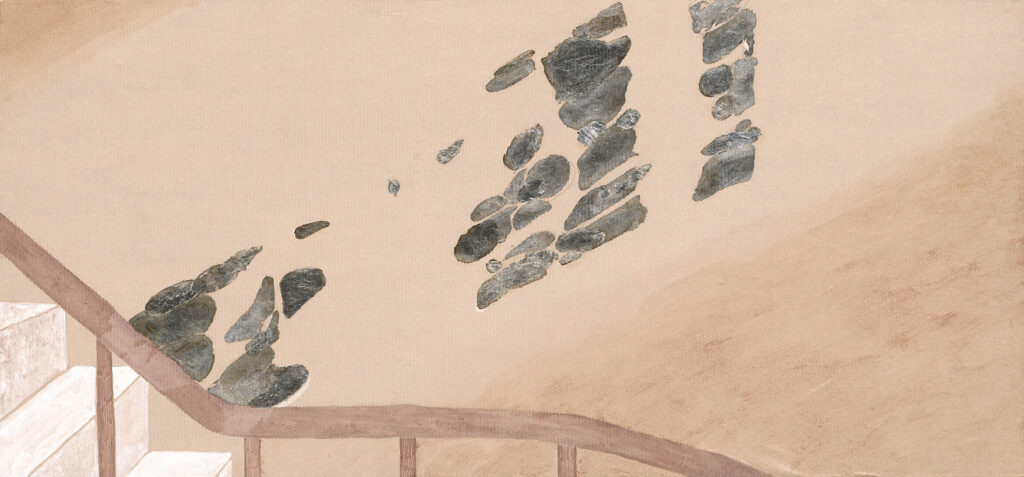
胡晴雯_場景 之四_銀箔、礦物性顏料、紙本_30x65x3.5cm_2023
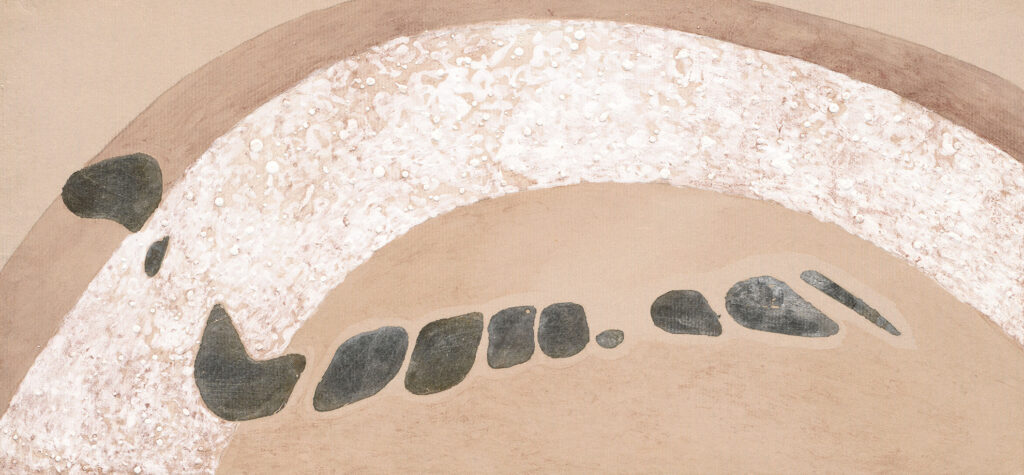
胡晴雯_場景 之三_銀箔、礦物性顏料、紙本_30x65x3.5cm_2023
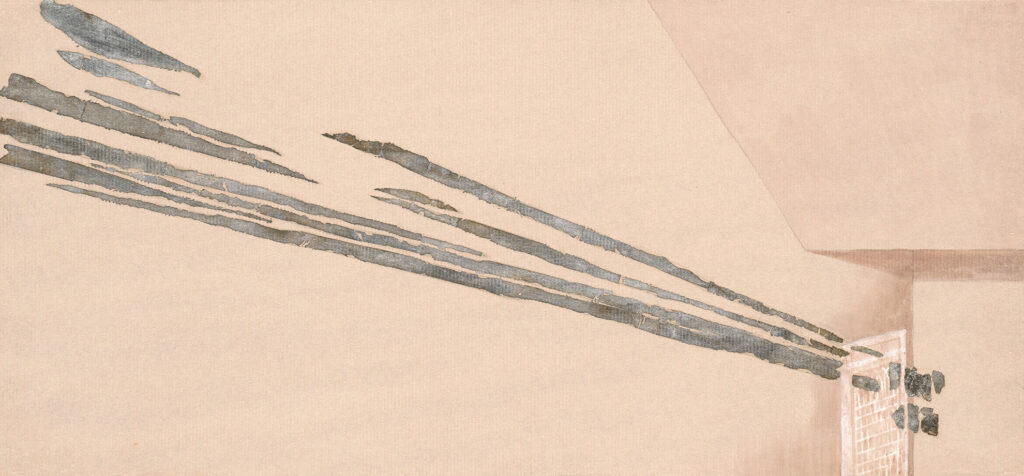
胡晴雯_場景 之二_銀箔、礦物性顏料、紙本_30x65x3.5cm_2023
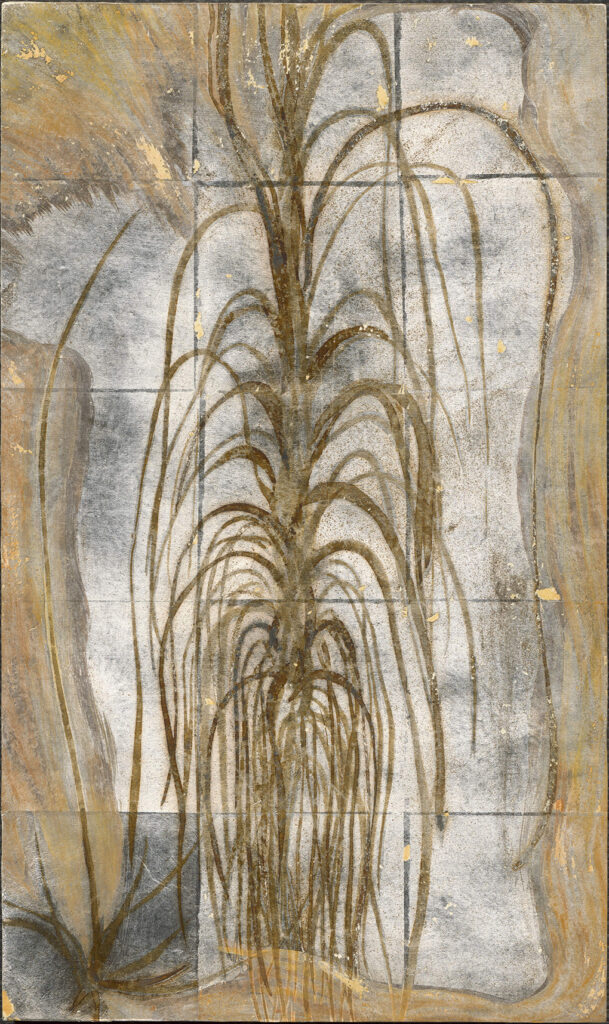
胡晴雯_生生_銀箔、硫磺⽔、礦物性顏料、紙本 _52x31x3.5cm _2023
Exhibition Title: Iridescent Summer
Participating Artists:
– 赤いづかん Akaidzukan
– 楊寓寧 Yu-Ning Yang
– 花季琳 Ji-Lin Hua
– 新家未來 Miku Niinomi
– 飯田穂野香 Honoka Iida
– 胡晴雯 Ching-Wen Hu
Exhibition Dates: August 19, 2023 (Sat) – September 16, 2023 (Sat)
Opening Reception and Lecture: August 19, 2023 (Sat), 3:00 PM – 6:00 PM


